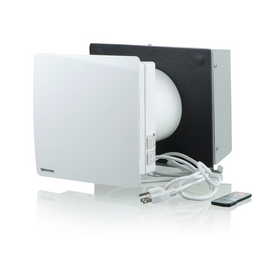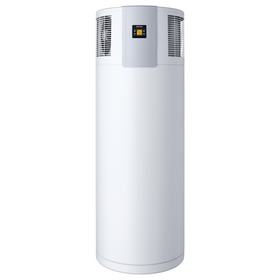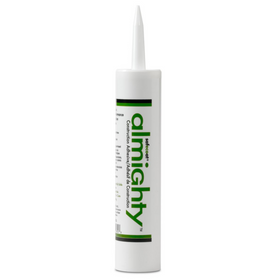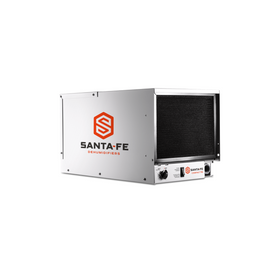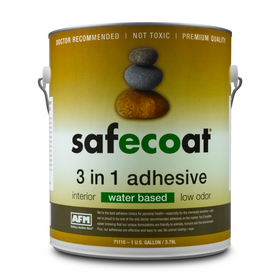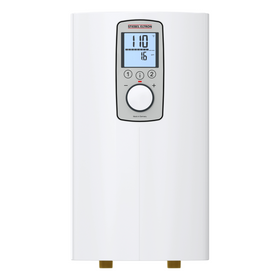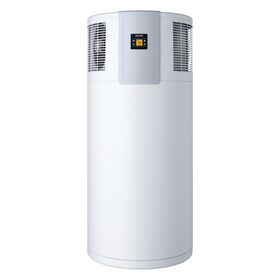
Net Zero Home Beating the Heat in Houston
Last Updated: Mar 20, 2025Last year, record heat waves across Texas made for a sweltering summer. While triple-digit daytime temperatures in Houston is certainly not uncommon, trying to stay cool when the minimum temperature is a sweltering 80 degrees Fahrenheit with high humidity means that many Houston residents were forced to blast their AC throughout the day. In fact, the Electric Reliability Council of Texas (ERCOT) reported that during the 2018 summer heatwave, energy demand across the state of Texas set an all-time system-wide peak demand record two hours in a row, topping out at incredible 73,259 megawatts (MW)between 4 and 5 p.m.
Of course, heat waves aren’t the only natural phenomenon that affects people living in Houston. Its location on the Gulf Coast also makes Houston extremely susceptible to hurricanes. Hurricane Harvey in 2017 dropped over 60 inches of rain on the city over a period of a few days. The accumulated 33 trillion gallons of water that fell over southern Texas directly led to $125 billion dollars in property damage as severe flooding affected tens of thousands of homes.
With this extreme climate, finding ways to build energy-efficient, resilient homes in the Houston area is certainly a challenge. Houston has a reputation for large and luxurious homes. With a median square footage of over 1,900 square feet, Houston homes are considered to be the second-largest in the nation.
Can a larger-than-average home be sustainable? It sure can! The SmartLux on Greenpark is a perfect example of a large home that combines unrivaled luxury with supreme energy efficiency measures. The SmartLux showcases how it is possible to find ways to build smart, energy-efficient, and sustainable homes for Houston residents.
Table of Contents
- 4,500 Square Feet of Energy Efficiency
- Tri-Generation Energy System
- Other Energy Efficiency Features

4,500 Square Feet of Energy Efficiency
When it comes to home sustainability, size certainly does matter. Larger homes not only require more materials for construction, but they will also usually require more energy to heat, cool, and power. Despite these challenges, large homes will certainly continue to be built across the country, so making those homes as sustainable and energy-efficient as possible is a priority for many builders and developers.

The SmartLux home is a 4,507 square foot structure located just west of downtown Houston. The four-bedroom, four-and-a-half-bath home shows off an impressive Home Energy Rating System (HERS) score of 39. HERS, according to the US Department of Energy, “is an analysis of a home's projected energy efficiency compared to the efficiency of a 'reference home' that meets the requirements of the latest residential energy code, known as the International Energy Conservation Code (IECC).” The scale is 1 to 100, where the reference home is 100. The lower the score, the more efficient the home: each 1-point decrease in the HERS score equates to a 1% reduction in energy consumption compared to the HERS reference home—which means the SmartLux home is 61% more energy efficient than that same home would be if it were just built to code.
While the typical monthly energy bill for a 4,500 square foot home in the climate of Houston would most likely be thousands of dollars, the Department of Energy estimates that the SmartLux home will only average $125 monthly energy bills. This represents around $1,800 of annual savings or up to $77,000 in savings over a 30-year mortgage compared to typical homes.
Tri-Generation Energy System
The SmartLux can generate such impressive energy efficiency due to its unique, micro tri-generation system. This innovative system advances over the more traditional micro-combined heat and power (MCHP) systems by incorporating cooling capabilities. This was essential because Houston homeowners rely so heavily on air conditioning to keep homes comfortable. Specifically, the tri-generation system comprises a 23 horsepower, natural gas-fired generator located outside the home. This main source of energy for the home is 85 percent efficient and can generate up to 6 kilowatts (kW) of energy to meet the home's peak energy demand.

Due to the relatively mild winter temperatures of southern Texas, the heating needs for the 4,500 square foot are actually provided by the waste heat that is generated by the tri-generation system. Hot water is also a byproduct of this system, thus further reducing the energy demand of the home.

Besides the natural gas generator, the home also includes a 1.2 kW solar photovoltaic (PV) array on the south-facing roof. The inverter for the solar panels is an essential part of the energy control system for the home. Because the SmartLux draws energy from four power sources (natural gas generator, solar energy, deep cycle batteries, and utility-sourced energy), the inverter can “choose” the best power source given the current conditions. This essentially allows the SmartLux to operate as a net-zero energy home. Net-zero energy means that the home is designed to take advantage of the average 204 sunny days that characterize the Houston climate to produce as much or more energy than what they require for their heating, cooling, ventilating, lighting, appliances, and electronics.
During sunny days, the solar energy produced by the PV panels will be the first used source of energy. Excess power from the solar panels will charge the four deep cycle batteries, which help manage peak load and be relied on in the event of power outages, thus improving the overall resiliency of the home. The main source of power is the energy-efficient generator, which relies on natural gas. While natural gas is a fossil fuel, it significantly reduces emissions compared to other types of fossil fuel energy, like coal. This generator will automatically kick in when household energy demand exceeds what the solar panels and batteries can provide. The grid connection allows the homeowner to sell excess energy back to the grid while also offering a backup energy source should the generator fail.
Other Energy Efficiency Features
The home offers a high-performance insulation system with one and a half inches of closed-cell spray foam. Not only does this help to improve the thermal and acoustic performance of the house, but it also provides an impressive 300 percent extra racking strength, thus helping the home to better withstand hurricane-force winds that are common on the Gulf Coast of Texas. The walls throughout the home include one inch of rigid foam insulation that provides a continuous insulation layer to stop thermal bridging and allows the home to achieve an R-23 R-Value.
Tobias Roberts
Tobias runs an agroecology farm and a natural building collective in the mountains of El Salvador. He specializes in earthen construction methods and uses permaculture design methods to integrate structures into the sustainability of the landscape.



